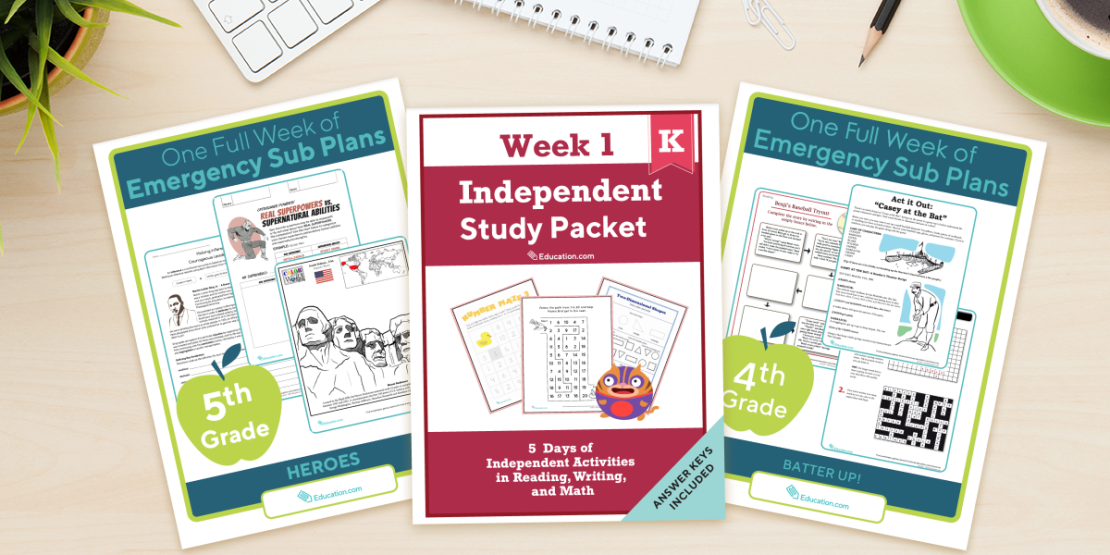
As children grow up, it isn’t long before they should start learning how to solve problems on their own. Problem-solving skills are a basic part of being able to function independently, and kids who feel like they’re equipped to address problems will be more confident. Conversely, children without problem-solving skills may avoid taking action when faced with difficult issues, which can adversely affect their interpersonal relationships.
Plus, teaching your child problem-solving skills can be pretty fun! Try these three exciting ways you can practice solving problems with your child, which are appropriate for children as young as preschool age.
To give you and your child a framework for problem-solving, here are four steps to working through a problem. You can use these steps in any of the activities below:
- Identify the problem
- Look at solutions that have already been used
- Think of new ways to solve the problem
- Try them out
STEM activities
STEM (which stands for science, technology, engineering, and math) involves two key components of problem solving: critical thinking and creative thinking. STEM activities often require learners to apply their knowledge and analysis skills to develop hypotheses and conclusions, as well as use their imaginations to think of how to perform tests and execute solutions.
Not only do STEM activities have the side benefit of getting your child more interested in the thriving fields of science, engineering and math, but also there are so many thrilling and educational experiments to try!
One especially great source of activities is Education.com’s current Summer STEM Challenge. Kids will get to choose a fun, hands-on experiment to conduct, while getting a chance to win a one-year Premium membership to Education.com! Experiments include building a bridge, figuring out the best way to insulate a cup, and the classic egg drop challenge. Just don’t wait to sign up, as the Summer STEM Challenge ends on July 31.
Talk through hypothetical problems
Going through theoretical problems with your child can help them see problem-solving techniques applied to real-life scenarios.
Narratives are an excellent source of hypothetical problems to work through. When you’re reading stories or watching shows with your child and you see a character have a problem, pause and take a few minutes to think of some solutions together. Then, see what happens in the story and compare your solutions to the character’s solution.
If you want to practice with situations that are more relatable to your child’s life, you could also make a problems jar. Write some issues down on slips of paper and put them in a jar or box. With your child, draw concerns out of the box and try to solve them.
Play games together
Games aren’t just a fun distraction; they’re also an inviting space for children to make decisions and explore different answers to dilemmas. Games are particularly good at providing a safe place for kids to face the natural consequences of their actions.
For instance, in a game of Monopoly, you can let your child spend all of their money on the first few properties they land on if they want to. If they then land on a space that makes them pay a penalty and they have to sell their holdings at a loss to afford it, that could help teach them the value of keeping some money reserved for emergencies.
Games that work well as testing grounds for problem-solving are ones that require strategy, such as chess, go, and dominoes. Games that heavily rely on random chance to win can be entertaining, but they may not allow for much meaningful decision-making.
However you want to help your child tackle the problems they’ll face in life, Education.com has resources that can help you. Check out our Learning Library for more, and get a chance to win a free year of Premium membership by competing in the Summer STEM Challenge.



-768x429-1.jpg)